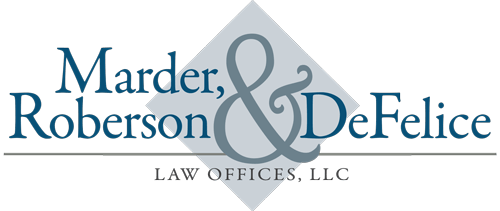UPDATE: August 26, 2016: The Family Short Calendar procedure at the Tolland Judicial District, 69 Brooklyn Street, Rockville, has changed effective October 3, 2016. All matters that appear on this calendar are deemed ready. Ready markings are no longer required. A marking is only necessary if the party who filed the motion wishes the matter to be marked off. If the party who filed the motion does not appear, the court may deem oral argument waived and the motion may be denied by the court. If the party who did not file the motion does not appear, the court may deem oral argument waived and may grant the relief requested in the motion. The Family Short Calendar in the Tolland Judicial District, will be called at 9:30 a.m.
The “Short Calendar” procedure can be confusing to both Connecticut attorneys, and self-represented (“pro se”) parties. To make matters more complicated, customs and procedures may vary between courts.
Short Calendar procedures apply to both civil and family court cases. In Rockville Court (Tolland County, Connecticut) Short Calendar is held on Monday morning each week, except when Monday is a holiday. Those who have filed motions in Family (divorce and custody) cases, will have to follow the Short Calendar procedure to mark their case “Ready” (or “Take Papers” if applicable, for certain motions), and notify the opposing party they intend to proceed. This is done several days in advance of court, during the allowed ‘marking period’.
In Family Cases, motions will be marked “ready” again at the 9:30 am calendar call on Monday morning. Parties should sign in with Family Relations as soon as possible, as there is usually a long wait. Parties will need to first meet with Family Relations Officers, who will try to help the parties resolve their disagreements. If an agreement is reached, it needs to be drafted. The parties will sign the agreement, and bring the written agreement into Court. Newer files get scanned and e-filed, before going into court, at the Court Services Center. The judge will canvas the parties (i.e. ask if the parties believe the agreement is fair and equitable, and in the best interests of the minor child(ren), and review the details of the agreement with the parties), before the judge enters the agreement as an Order of the Court.
Parties should come prepared to Family Short Calendar with Financial Affidavits, and supporting documents (i.e. pay stubs). They may also wish to prepare Proposed Orders, and prepare exhibits should the case have to go before a Judge, for a decision. If a party has an Attorney, then the Attorney will accompany the party through the process. The court might not permit lengthy evidence on a Short Calendar date. It is possible that if an agreement is not reached, the case will be scheduled for a “Special Assignment”, which could be days or weeks later, depending on the court’s availability and urgency of the issues.
The procedures above may vary from court to court, and may be modified from time to time by the presiding judge, or new court rules.
The process for civil cases, is also quite different. In civil cases, many motions are not ‘arguable as of right’ and there are special procedures to request oral argument. You need to be familiar with the Connecticut Practice Book (“Rules of Court”), as well as the substantive law, including Rules of Evidence, that will apply to your legal issues.
Speak with an attorney who is familiar with the Short Calendar procedures in your jurisdiction, to address the specific circumstances of your case.
A Short Calendar and Marking Process Quick Reference Guide, published by the judicial branch, is available at: https://www.jud.ct.gov/external/super/e-services/efile/shortcal_quickref.pdf
